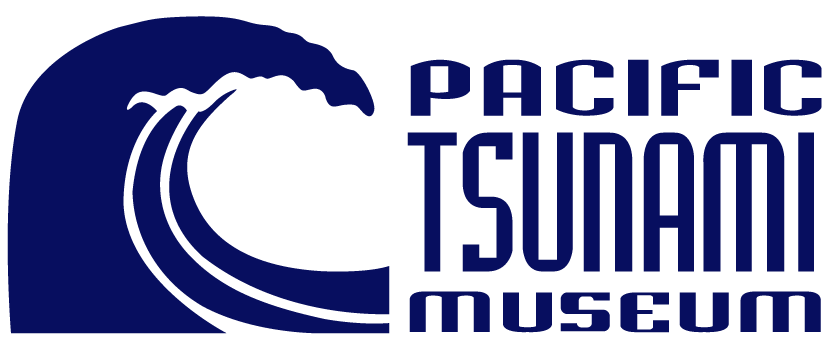Keaukaha
The Keaukaha area is home to many families along with most of Hilo’s beach parks. It is a long stretch of land with beautiful ocean views. Though beautiful this area is vulnerable to tsunamis. When the April 1st, 1946 tsunami hit there was no warning system, no sirens, only the natural occurring signs of a tsunami. All coastal areas along the island are at risk for a tsunami both Pacific Wide (Distant) and Locally generated, including Keaukaha.
Distantly generated tsunamis will have warning and time for people to evacuate. Locally generated tsunamis are a different story. They are created when an earthquake, landslide, or volcanic activity displaces water near the Hawaiian Islands. These waves can reach shore within just seconds so if you feel an earthquake, notice rapidly withdrawing or surging water, or hear unusual sounds coming from out in the ocean, immediately head to high ground. These are natural warning signs that a tsunami is imminent. Do not wait for the sirens, they may not have time to sound.
“On the morning of Monday, April 1st, 1946, I leapt out of bed and ran to see if my 4-year brother, David, was awake. We were staying at our grandparent’s home across the street from the beach in Keaukaha. We ran downstairs where our grandmother was preparing breakfast. I heard some noise and went outside to investigate. There was water in the yard and debris in the brackish water ponds. I ran to get David for a closer look.
We walked to the mailbox next to the road. Red ants were biting David. He was anxious to go inside. Those red ants probably saved our lives! Once inside I yelled, “Grandma, there’s water in the yard!” She replied, “It is probably high seas”. Looking out the back door, I saw water up to the top of the clothes line. David and I began closing windows. Grandma told us to change clothes. While putting on my dress, I noticed my mother’s jewelry and grabbed it. I carried that bag of costume jewelry until I was reunited with my mother later that night.
Grandma’s car was parked under the house, submerged to the roof, the horn blaring under the pressure of the water. Uncle Rod Mason grabbed a hammer and dove under the water to stop the noise. We watched in surprise as a rat swam by. Slowly the water began to recede. The adults seemed very worried and fearful. After the water receded, Uncle Rod put David on his shoulders and grabbed my hand. He rushed us out to the street where we met up with the neighbors. Everyone was screaming. People were yelling, “The water is coming-Run! Run!” We ran down the street into a driveway as water began closing in on us. “Hurry! Run! Hurry” We made our way down a path and into the jungle. One of the men had a machete and hacked through the maile pilau. The lauhala leaves sliced into my arms and legs. As we moved away from the ocean, water began rising up through the a’a lava. We finally made it to a place where the adults felt we were safe. We stayed in the jungle until afternoon and then walked back the way we had come. Arriving at the road, I looked around in total amazement. Rocks, mud, toys, trees and pieces of houses were everywhere. Climbing up on the rubble, I saw someone’s arm sticking out from under a house.
Reunited with our grandparents, we walked over mounds of debris to the edge of Lokoaka Pond. The road was gone. Terrible destruction was everywhere I looked. The military dropped rafts to get us across the pond. Huge military trucks were loaded with survivors, some badly injured. No one said anything. We all just sat there. We were reunited with the rest of our family later that night. My mother said we had nightmares for months. I continued to have reoccurring dreams about swimming through lauhala leaves well into adulthood.
January 15, 2005 Written by Jeanne Branch Johnston
